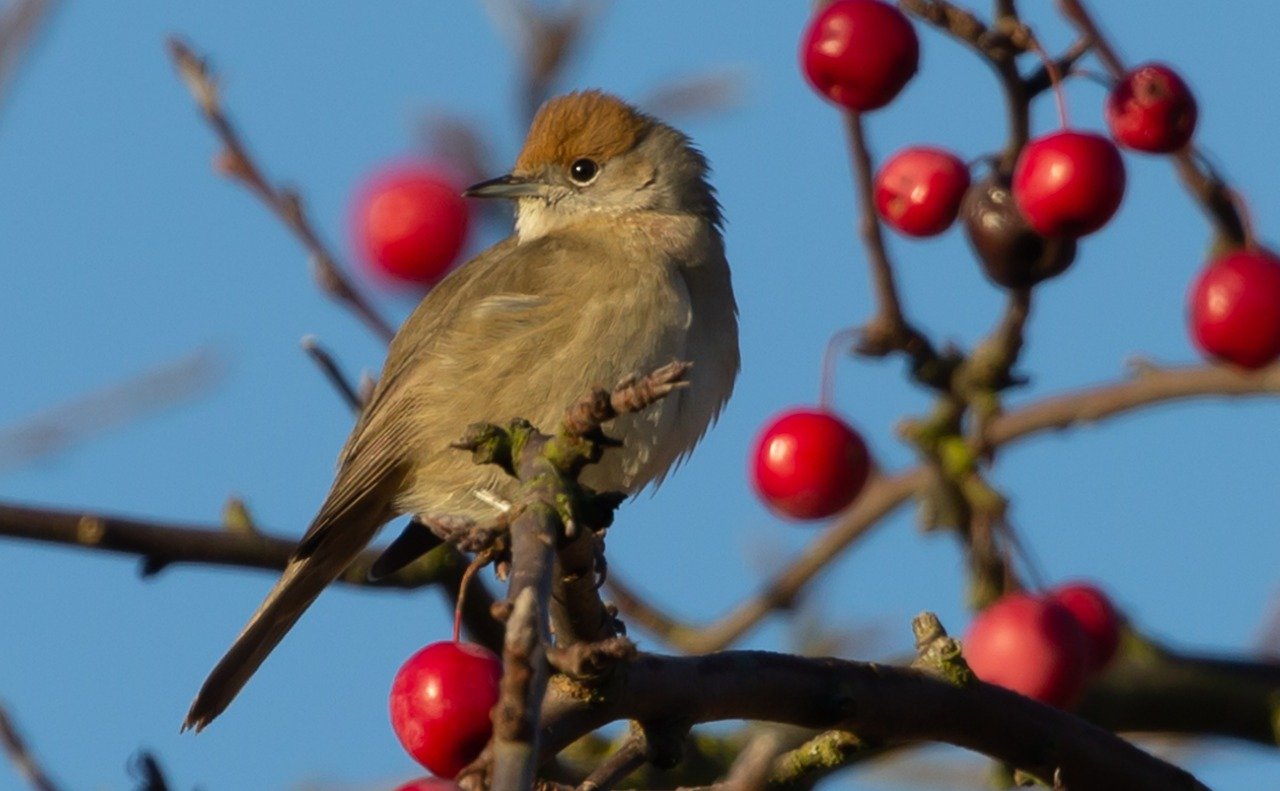The wintering of Blackcaps Sylvia atricapilla (L.) in Sweden
DOI:
https://doi.org/10.34080/os.v4.23024Keywords:
winter ecology, mortality rate, population studies, foraging ecology, survey, monitoring, sexual dimorphismAbstract
A total of 688 winter observations of Black caps in Sweden were compiled for an analysis of distribution, trend in numbers and winter survival. During the last 30 years wintering Blackcaps have been observed annually, with a maximum of 72 individuals reported during the winter 1982/83. The number of reports of wintering Blackcaps increased markedly from the 1960s to the early 1980s. Some possible explanations for this increase are discussed, including a new migratory habit in continental Blackcaps to move northward during autumn. Early winter observations occur over almost the whole country. In northern Sweden, nearly all the Blackcaps (98%) disappeared during the course of the winter, indicating a high mortality. In the southern part of the country, the decrease from November to March was 69%, which means that in this area about one out of three Blackcaps survived the winter, if we assume losses to be mortality. For the country as a whole, the decrease was 72% for males and 81% for females. The habit to feed at bird-tables is widespread. Some Blackcaps were stationary for longer periods, and 19 birds stayed for more than three months.
Downloads

Downloads
Published
How to Cite
Issue
Section
License
The copyright of each contribution belongs to the author(s), but all contributions are published under a Creative Commons license, so that anyone is free to share and reuse the contribution as long as the copyright holder is attributed.







